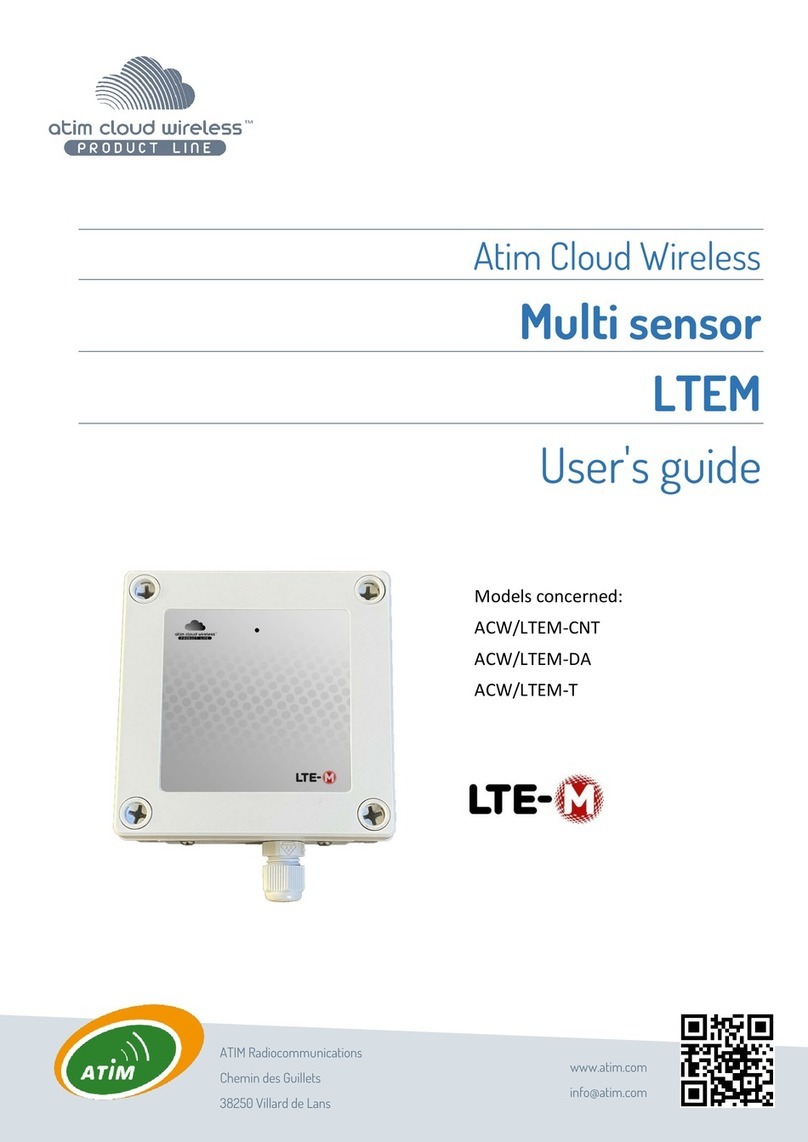2
ATIM_ACW-WLL_UG_EN_V1.4
ACW Configurator ...........................................................................................................................................................16
a. Compatible versions 16
Configuration...................................................................................................................................................................16
Frames format.................................................................................................................................................................18
a. Quick start 18
Test frame...............................................................................................................................................................18
Alert frames............................................................................................................................................................18
End of alert frames .................................................................................................................................................18
a. Full frames details 18
Classic frame...........................................................................................................................................................19
Alert frame..............................................................................................................................................................20
Keepalive frame......................................................................................................................................................21
Test frame...............................................................................................................................................................21
Error frame .............................................................................................................................................................22
Exemple de visualisation des modems sur la nouvelle plateforme ACW 24
Troubleshooting ..............................................................................................................................................................24
Technical support............................................................................................................................................................24




























